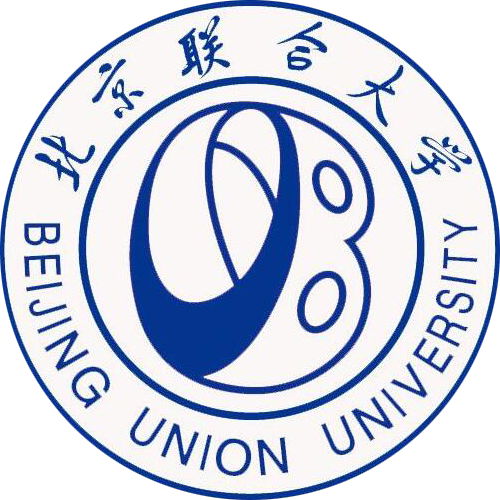详细信息
基于业态视角的城市建筑遗产再利用——以北京南锣鼓巷历史街区为例
Urban Architectural Heritage Reuse from the Perspective of Industrial Types:A Case Study of Nanluoguxiang Street in Beijing City
文献类型:期刊文献
中文题名:基于业态视角的城市建筑遗产再利用——以北京南锣鼓巷历史街区为例
英文题名:Urban Architectural Heritage Reuse from the Perspective of Industrial Types:A Case Study of Nanluoguxiang Street in Beijing City
作者:刘敏[1];刘爱利[2]
第一作者:刘敏
机构:[1]北京联合大学旅游学院;[2]首都师范大学资源环境与旅游学院
第一机构:北京联合大学旅游学院
年份:2015
卷号:30
期号:4
起止页码:115-126
中文期刊名:旅游学刊
外文期刊名:Tourism Tribune
收录:CSTPCD;;国家哲学社会科学学术期刊数据库;北大核心:【北大核心2014】;社科基金资助期刊;CSSCI:【CSSCI2014_2016】;
基金:北京市社会科学与自然科学协同创新基地项目"基于大数据技术的北京建筑遗产价值评估研究"(2013SZJD005);北京市市属高等学校高层次人才引进与培养计划项目"景区经营权流转背景下北京山区旅游生态补偿费用核算研究"(IDHT201304075);国家自然科学基金青年科学基金项目"民族村落旅游地声景变迁的特征及机制研究"(41401156);国家旅游局规划重点项目"中国旅游度假区‘飞地’开发模式及其影响机制研究"(13TACK004)资助~~
语种:中文
中文关键词:建筑遗产;再利用;业态;南锣鼓巷
外文关键词:architectural heritage; reuse; industrial types; Nanluoguxiang Street
摘要:城市建筑遗产再利用是当今世界遗产开发与保护的重要议题之一。选取历史街区建筑遗产再利用较成功的南锣鼓巷为典型案例,基于业态视角,通过现场实地调研和统计、对比分析,对建筑遗产再利用进行研究。结论包括3点:(1)基于业态视角对建筑遗产的再利用进行了分析和探讨,拓展了建筑遗产再利用的分析视角。(2)从业态选择、业态构成、业态变迁、业态发展趋势、业态影响因素5个方面,探讨了业态与建筑遗产再利用的关系问题;其中前4个方面是从业态自身发展规律的视角进行分析,第5个方面则是从影响业态发展的视角进行分析。(3)文章对其他历史街区类建筑遗产的再利用具有借鉴和指导作用。
Architectural heritage reuse has become one of the core issues of contemporary urban regeneration in Western countries. In China, the attitude towards architectural heritage has changed gradually, from simple restoration to increasing attempts to reuse and realize the new or original functions is especially prominent. Being a key part of architectural heritage reuse, industrial types that refer to different kinds of industries developed in the process of architectural heritage reuse play an important part not only in the functional enhancement and the reshaping of architectural heritage features, but also in gaining popularity and revitalizing architectural heritage. Taking the typical residential cultural heritage site of Nanluoguxiang Street lies in the central part of Beijing City as a study case, this paper examines the reuse of urban architectural heritage by analysis of the composition, evolution, future trend and influencing factors of industries development. The findings from this study include 3 key points: (1) Industrial types are considered to be one of the most important factors that influence the reuse of architectural heritage; therefore, the analysis of architectural heritage reuse in this paper focuses on evaluating the relationship between industrial types and architectural heritage based on the data collected from questionnaires and in-depth interviews. (2) The analysis of the relationship between industrial types and architectural heritage is illustrated in five aspects: the selection, composition, evolution, future trend, and influencing factors of industrial types. The first four aspects examine the rules of industries development, while the last aspect discusses the underlying factors that affect architectural heritage reuse. To be specific, the selection of industries determines the direction of architectural heritage reuse; the composition of industries influences the efficiency of architectural heritage reuse; the evolution analysis reflects the process of architectural heritage reuse; while the future trend forecasts the potential of architectural heritage reuse. Factors that affect industries development include the nature of architectural heritage, the balance among local residents, consumers and operators, and the government policies, which synthetically influence the outcome of architectural heritage reuse. (3) The perspective based on industrial types adopted in this study will provide a good reference to other case studies on architectural heritage reuse in other places. Especially when discussing the positioning of functional orientation, industrial types should be given more considerations in order to achieve a harmonious development between the actual architectural heritage conservation and the intangible development of industries, cooperatively. According to the analysis indicated above, suggestions for future development are proposed as follows: First, the direction of industries development should be concentrated on differentiation, diversification, innovation and entertainment. Second, developing industries that would satisfy modern customers' demands by utilizing traditional architectural heritage has been proved to be successful experiences. Third, the enhancement of architectural heritage reuse in historic streets should focus on development of industries that highlight cultural creation, which will significantly help enrich the regional lifestyles and expand modern cultural horizon. These suggestions would facilitate the protection and maintenance of architectural heritage both in theory and in practice.
参考文献:
![]() 正在载入数据...
正在载入数据...


